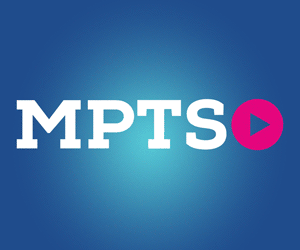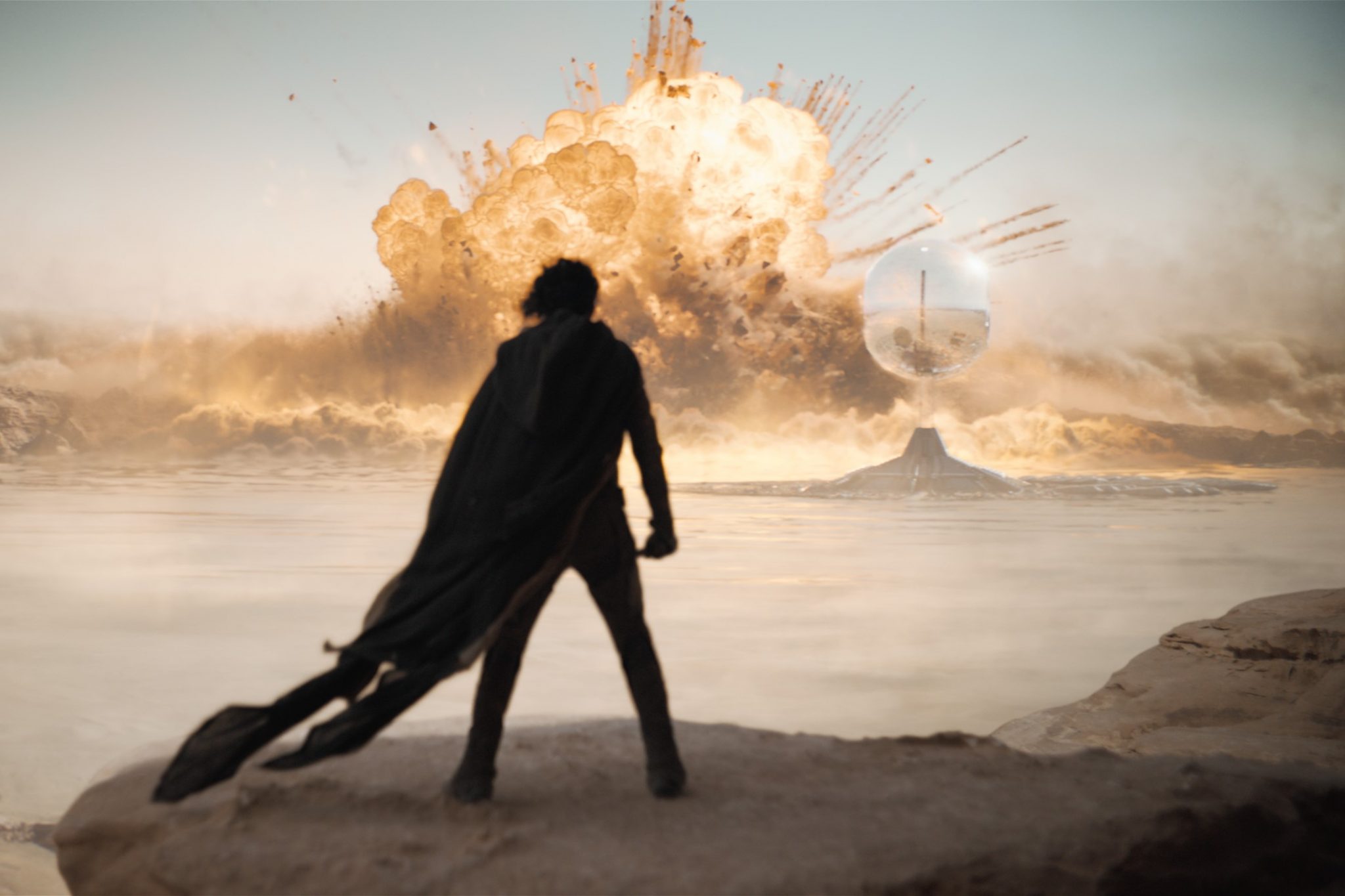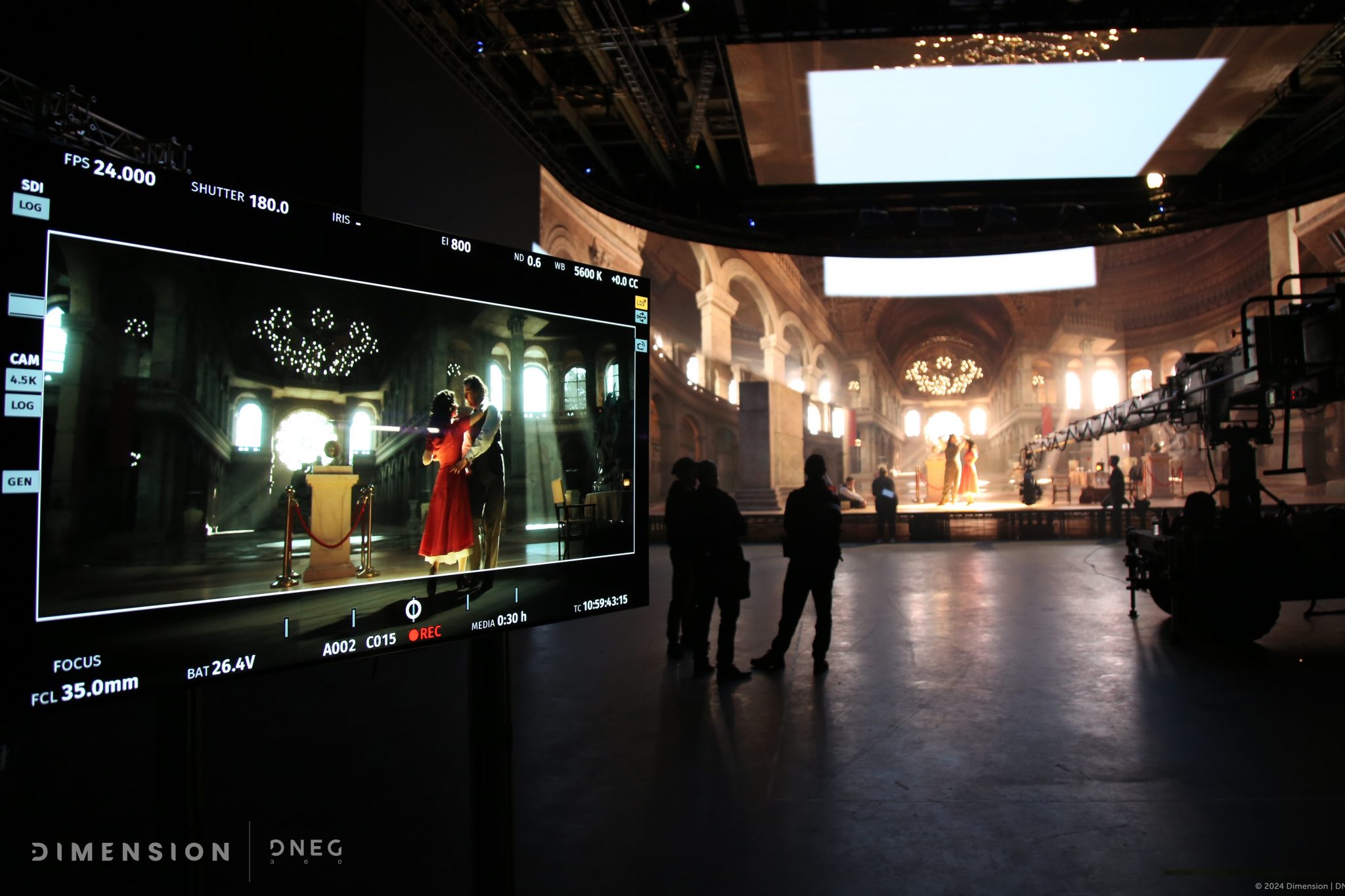With superheroes and Greek gods, David F. Sandberg’s newest DC superhero film, Shazam! Fury of the Gods, is jam-packed with action, exciting audiences around the globe.
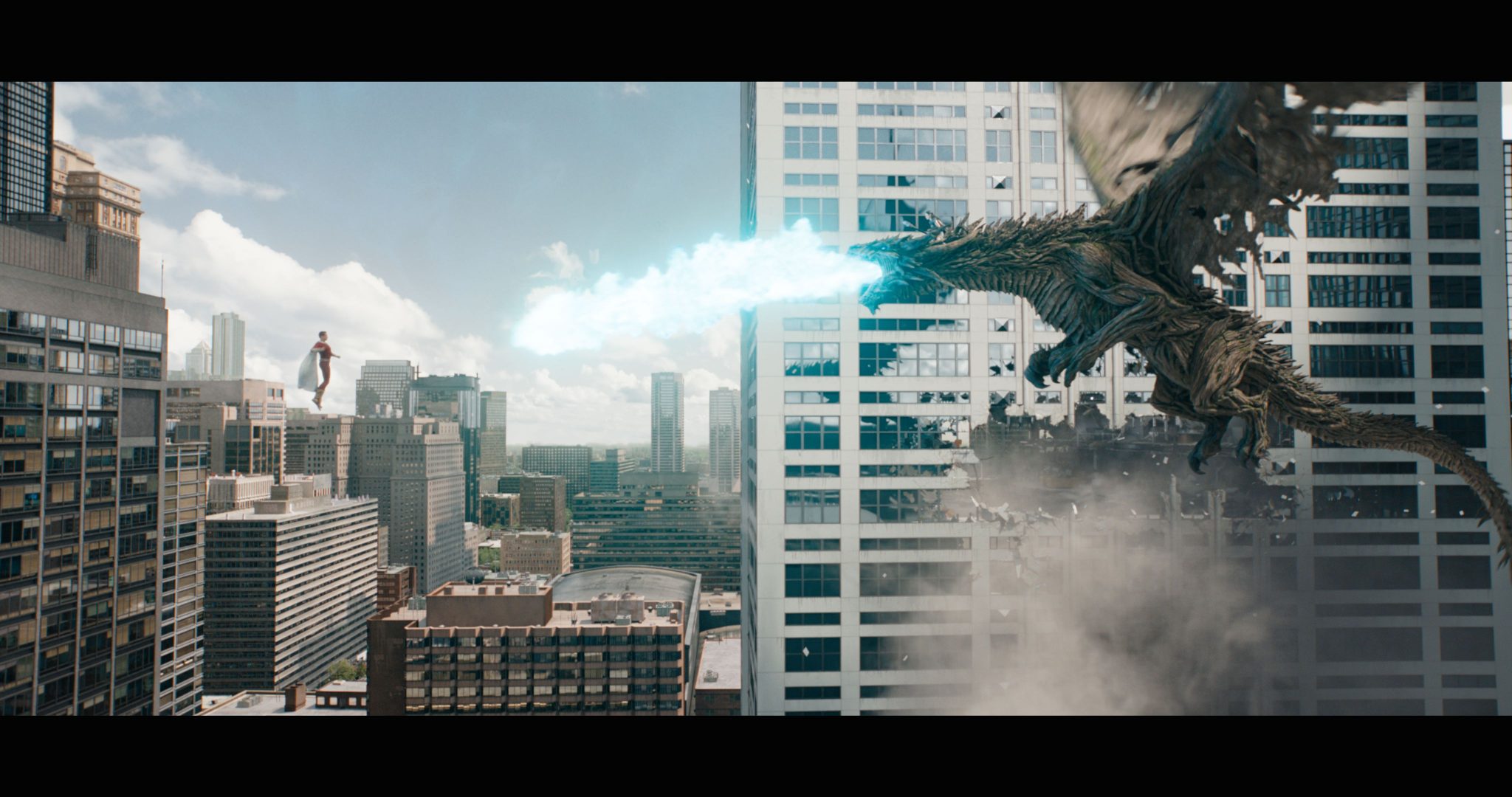
Image Courtesy of DNEG © 2023 Warner Bros. Ent. All Rights Reserved.
To bring the story of Billy Batson and his superhero alter-ego Shazam to life, the DNEG team created more than 750 shots as the production’s lead VFX partner. Led by Production VFX Supervisor Raymond Chen, VFX Supervisor Russell Bowen and VFX Producer Christine Neumann, the DNEG team delivered a wide range of work including hero characters that roamed – and destroyed – the city of Philadelphia.
In addition to creating some of the most prominent creatures for the project, namely the dragon and the unicorn, DNEG also contributed to some very complex FX and environment work for several sequences.
For example, the rooftop sequence that featured Anthea, one of Atlas’ daughters, using her Power of Axis to rearrange the city of Philadelphia, turning buildings inside out and moving them around to stop Shazam. This required building large sections of the city and having them disassemble, contort, and re-form, at various levels of detail.
The ending sequence of Shazam and Kalypso, riding on the dragon Ladon, battling in Citizens Bank Park stadium required an intricate full CG build of the stadium and Tree of Life. It also allowed for some spectacular FX work, combining the energy dome trapping them in the stadium, Shazam’s ricocheting lightning strikes, Ladon’s dragon fire, the destruction of the stadium and the Tree of Life as a result of their fight. The integration of filmed footage of Shazam on flying rigs, Kalypso on the dragon riding rig, together with their CG digi-doubles within this dynamically lit environment, helped to highlight the drama and emotion of this showdown.
Raymond Chen, Production VFX Supervisor at DNEG
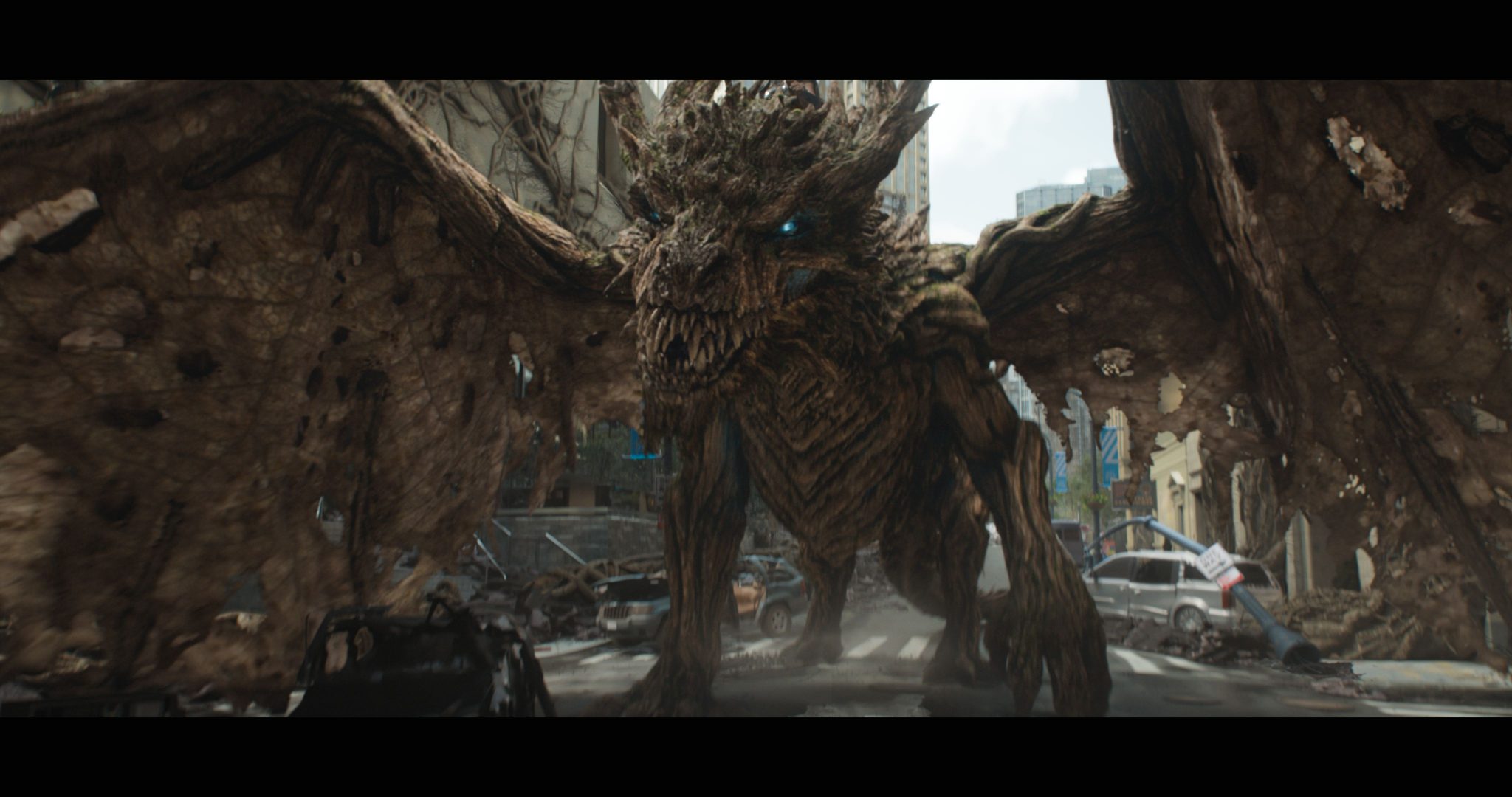
Image Courtesy of DNEG © 2023 Warner Bros. Ent. All Rights Reserved.
For the show’s creature animation work, DNEG undertook the development of the dragon Ladon, a highly complex and intricate creature. Ladon had to realistically interact with actors and dramatically fly across the city. The team used Komodo dragons and felines such as lions, tigers and panthers as visual references and to map lifelike movements. To achieve a believable and properly functioning creature, the DNEG team sculpted an écorché first before starting the retopology process, which involved creating good geometry that would be used for sculpting, rigging, animation, and simulation. It was key that there was a lot of close collaboration between the sculpting, texture, look development and groom teams. The dragon was an extremely complex asset to model, with three layers of wings on each side, over 1000 spikes, and close to 500 plates in the spine. The full body was made of wood and had to perform various actions, including walking, running, flying & facial expressions.
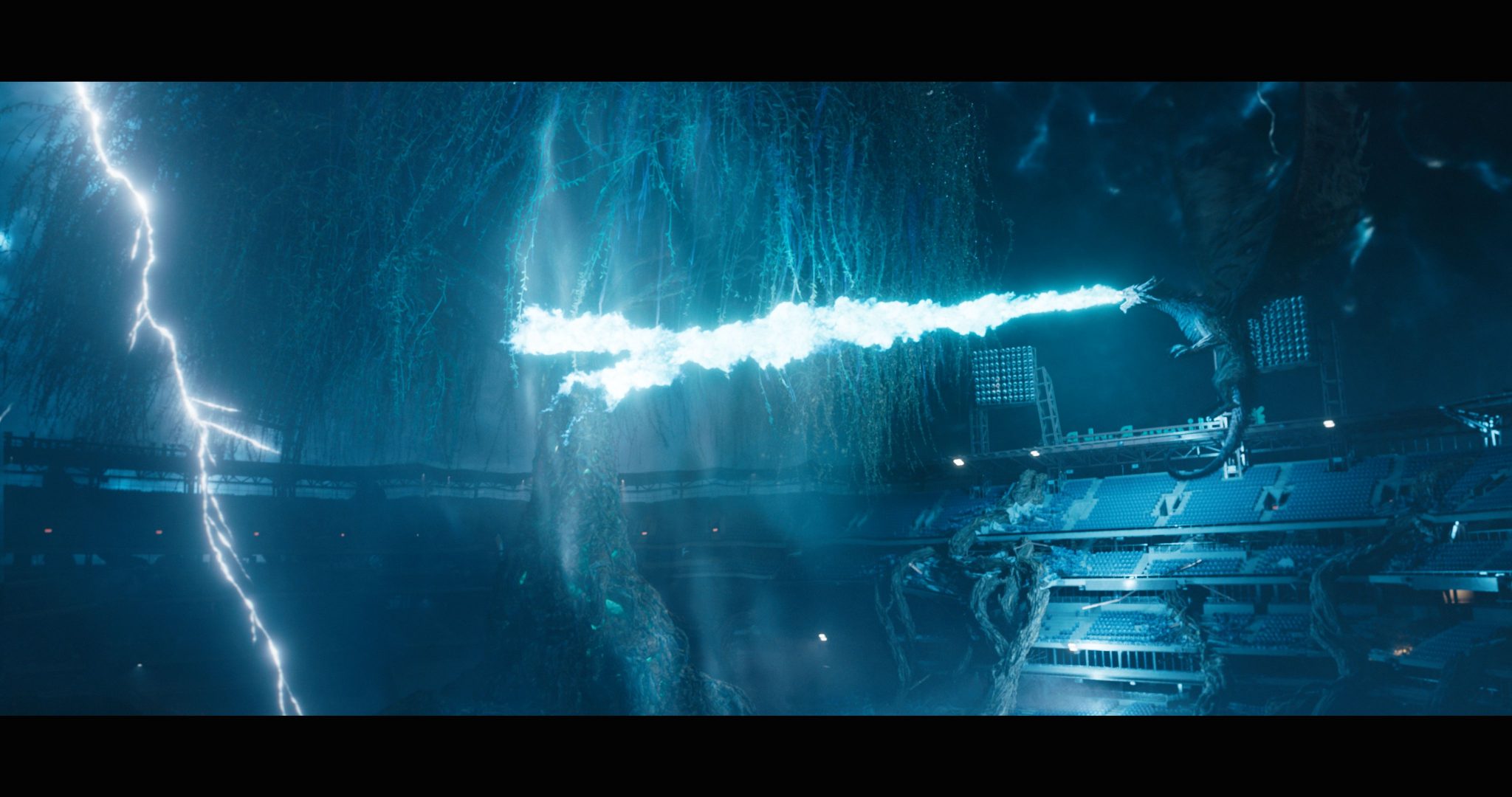
Image Courtesy of DNEG © 2023 Warner Bros. Ent. All Rights Reserved.
The show’s unicorn was developed through a similar process of development, with the added need for communication through facial expressions and body language. To create the unicorn, the team used a combination of blendshapes and a high-quality facial rig, allowing the animator to manipulate the movement of the creature’s face. The CFX team improved the unicorn’s appearance during performance by incorporating muscle simulations using ‘Ziva’ software, which closely mimics the movement and behaviour of actual real world muscles.
Building these complex creatures allowed the team to use their creativity to the fullest extent. We were encouraged to think about the dragon’s facial expressions, its movement in relation to the other characters, and its role in our story. The creative aspects, along with the technologies we used, made for a very exciting and fulfilling experience.
Lucas Cuenca, Build Creature Supervisor at DNEG
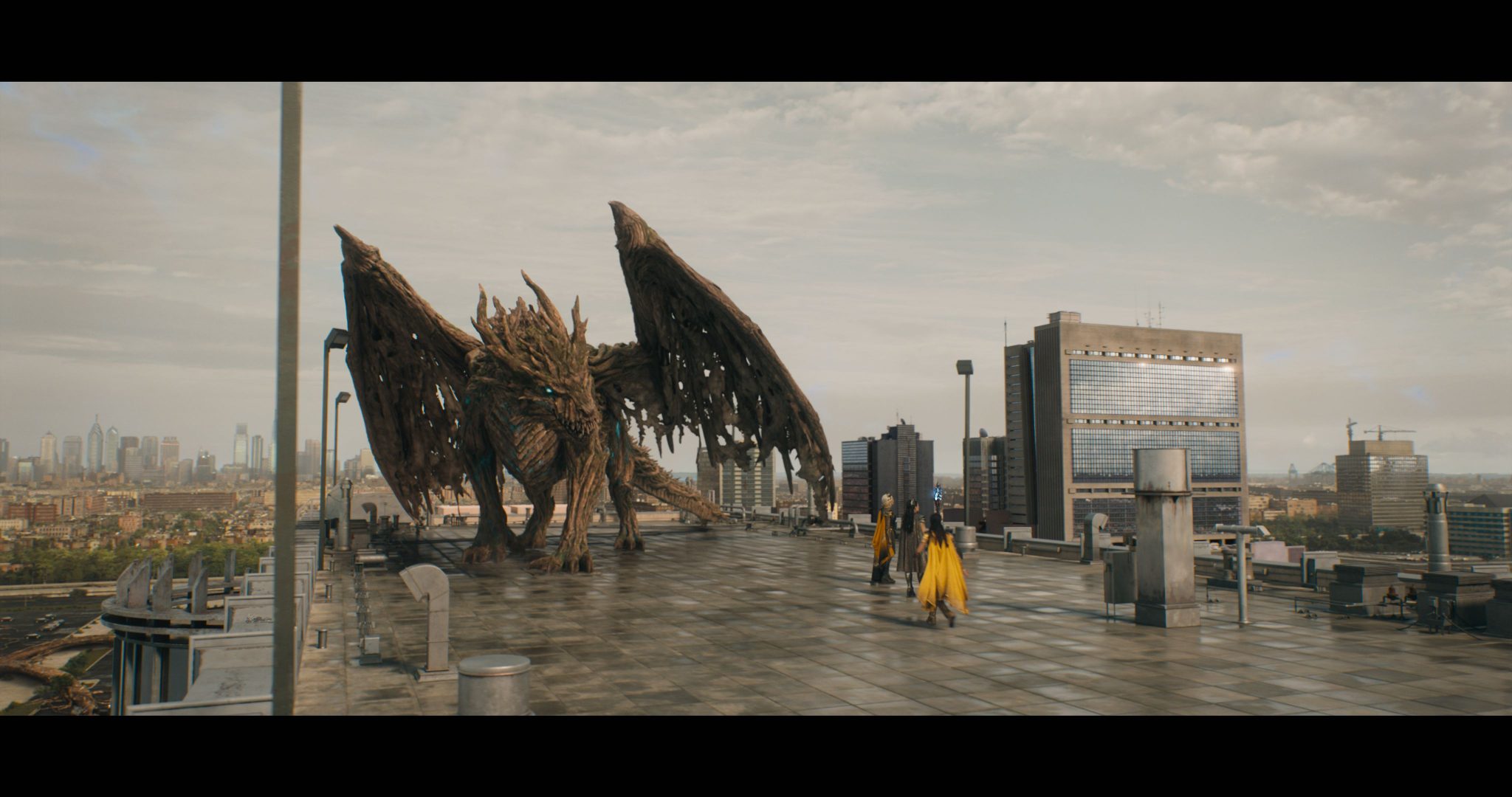
Image Courtesy of DNEG © 2023 Warner Bros. Ent. All Rights Reserved.
To create the high-level animation and effects in this production, the team leveraged a new innovative technique, using the Maya and Houdini integration, along with DNEG’s OTL (Operator Type Library) set-up. This technique was used to enhance the Tree Roots sequence, enabling animators to easily configure and visualise procedurally Houdini-generated geometry in Maya with an animation-friendly rig.
Using a variety of new techniques – and lots of imagination, we were able to bring these magical creatures and superheroes to life. The designs were very complex, as this story ultimately takes place in the real world, so any fantastical elements needed to fit in with real scenery and actors. The team worked hard on this project, and it’s so exciting to see it be released and excite audiences.
Ricardo Silva, Animation Supervisor at DNEG
The action-packed world of Shazam! Fury of the Gods also incorporated a rise in the number of superheroes inhabiting the world. When Billy and his siblings transform into their superhero counterparts, the team developed digi-doubles to better showcase the poses and costumes announcing the superheroes. Working with doubles digitally made the need for difficult on-set rigging redundant, and allowed the digi-doubles to fly and fight to the effects needed for the film.
Shazam! Fury of the Gods premiered in the United States on 17 March 2023.



